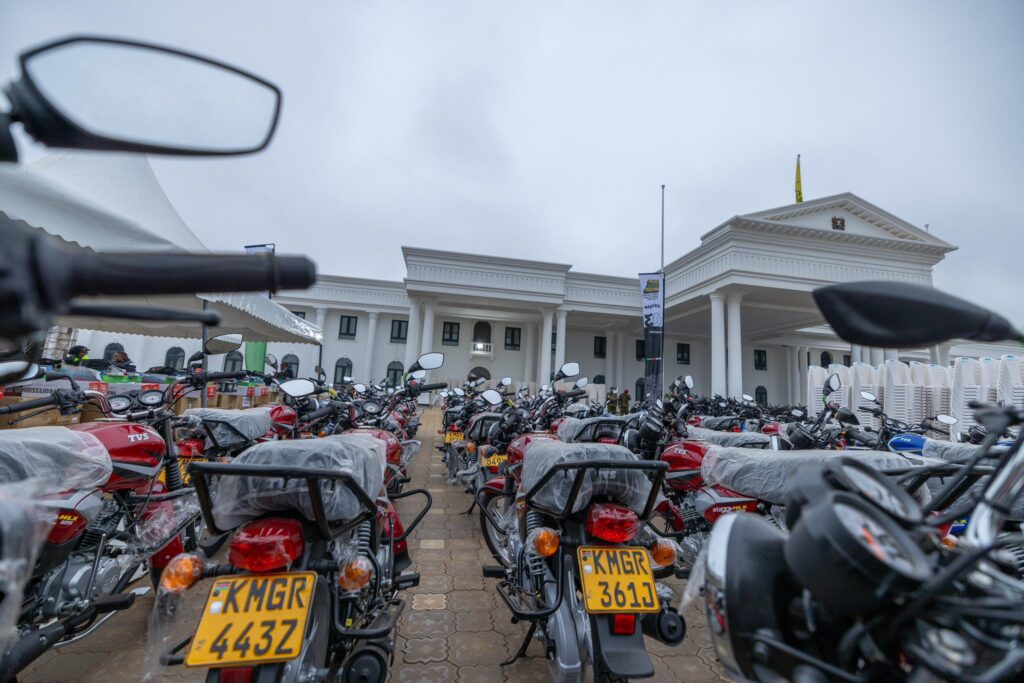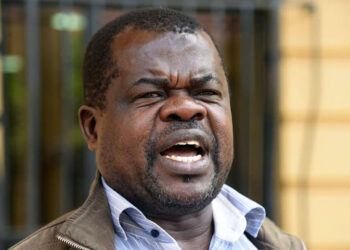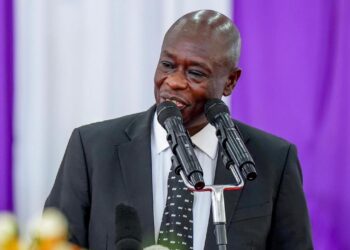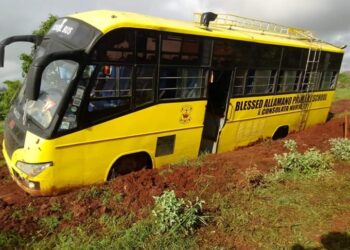President William Ruto hosted the Nairobi County Empowerment Programme at State House, launching a transformative initiative to support 1,115 youth groups across Nairobi’s 17 constituencies. The empowerment programme distributed essential equipment, including motorcycles, P.A systems, sewing machines, tents, chairs, and carwash stations, smoky pasua trolleys to foster economic independence among young Kenyans.
Speaking to 15,000 enthusiastic attendees, Ruto defended the initiative against critics, emphasizing its role in job creation and economic empowerment.
The event, marked by vibrant performances from Nairobi’s top DJs and musicians like Bahati, has sparked debates about the programme’s long-term impact and political motives.
The Nairobi County Empowerment Programme, a cornerstone of Ruto’s bottom-up economic agenda, provided tailored equipment to each group based on their requests.
According to Citizen Digital, 380 groups received 380 tents and 38,000 chairs, 200 groups were equipped with carwash stations, 120 got P.A systems, and 63 groups received 245 motorcycles.
Additionally, 49 women’s groups were gifted 300 sewing machines, while others benefited from catering equipment, salon kits, juice vending machines, and welding tools.
The initiative, attended by Governor Johnson Sakaja and MPs like Esther Passaris and Felix Odiwuor Jalang’o, aims to empower youth to start or expand small businesses, addressing Kenya’s high unemployment rate, which affects 67% of young people.
Ruto emphasized the programme’s alignment with his broader vision, including the Hustler Fund, which has disbursed KSh 72 billion to 26 million Kenyans with an 83.6% repayment rate.
“We have no plans to stop this empowerment programme. It’s about making Kenyans economically independent,” he stated, announcing a partnership with the World Bank to fund 70 youths per ward with KSh 50,000, targeting 100,000 beneficiaries nationwide.
Critics, however, question the programme’s transparency labeling it a “handout scheme” lacking parliamentary oversight, potentially favoring politically aligned groups.
The distribution of motorcycles, P. A systems, and sewing machines reflects Ruto’s focus on practical tools for income generation and the focus of making Kenya the Singapore of Africa.
Motorcycles, vital for boda boda operators, were highlighted in a separate State House meeting where Ruto promised legislation for sector self-regulation.
P.A systems will support event organisers and youth groups, while sewing machines empower women in tailoring businesses, addressing gender disparities in economic opportunities.
However, concerns about the programme’s sustainability persist, with analysts noting the absence of a clear vetting process for beneficiaries, risking misuse of public funds.
The event’s festive atmosphere, featuring artists like Toxic Lyrikali, contrasted with these criticisms, showcasing Ruto’s ability to connect with youth.
Doubts about the empowerment programme’s motives have grown, particularly after Interior CS Kithure Kindiki’s nationwide tours to promote similar initiatives, which some view as a political strategy ahead of the 2027 elections.
The Weekly Vision reported that Kindiki’s high-profile engagements could boost his national profile, raising questions about whether the programme is genuine aid or a political ploy.
Despite these concerns, Ruto’s administration insists the initiative aligns with devolution goals, with funds set to accompany transferred county roles by July 2026, as announced at the 11th National and County Governments Summit.
As Nairobi’s youth embrace the empowerment programme, its success will depend on transparent implementation and measurable outcomes.
The distribution of motorcycles, P.Systems and sewing machines offers immediate opportunities but requires sustained support to ensure long-term impact.








Ruto’s commitment to expanding the programme to all 1,450 wards signals ambition, but public trust hinges on addressing accountability concerns.
The Nairobi County Empowerment Programme has positioned Ruto as a champion of youth economic independence, yet critics demand clarity on funding and beneficiary selection.
Motorcycles, P.Systems, and sewing machines symbolise hope for many, but the programme’s legacy will rest on its ability to deliver tangible results.
In conclusion, President Ruto’s empowerment programme, marked by the distribution of motorcycles, P. A systems, and sewing machines, has ignited hope and debate in Nairobi.
While celebrated as a boost for youth entrepreneurship, concerns about transparency linger. The programme’s success will determine whether it becomes a cornerstone of Ruto’s legacy or a fleeting political gesture.















